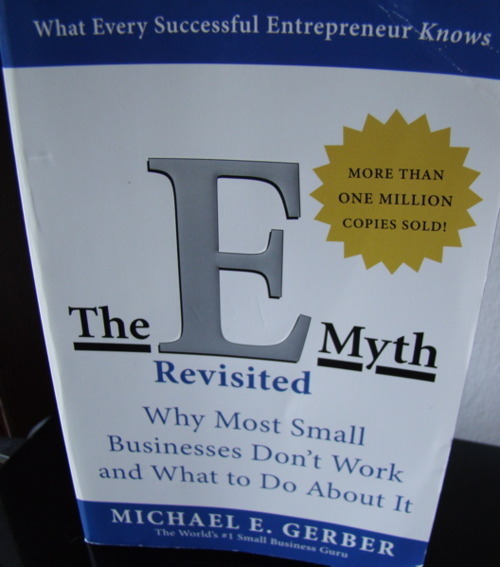
What is it about?
There’s a instrument to decrease deaths rates and infection rates in hospitals significantly. It costs near to nothing. It’s a checklist. Atul Gawande, who is a cancer surgeon, talks about introducing checklists in the medical sector.
What can I learn?
Simple and critical: There’s a lot of research on checklists predominately for aircrafts. These researchers found in over 30 years research that checklists have to be simple and critical. They shouldn’t be detailed instructions. The aim of checklists is to remind the users of critical actions. Like closing the cargo hold on an aircraft or disinfect the working area on a human body before surgery.
Test it: Nobody can think of everything, therefore testing is necessary. Observe your checklists in action and try to improve them. If you checklist is too long, only a few people will use it. If they don’t understand how your checklist will improve anything, they won’t use it. Observe and improve.
Empowering people and discipline: Checklist aren’t about bureaucracy. They empower people and make them more disciplined. You help the practitioners to improve their work.
Conclusion
The Checklist Manifesto is terrific. The stories are thrilling and he got great story telling skills. You can feel how checklists improved their lives and lives of others. Furthermore, it’s pretty short and concise. A similar book on checklists in business is The E-Myth. Recommendation!

